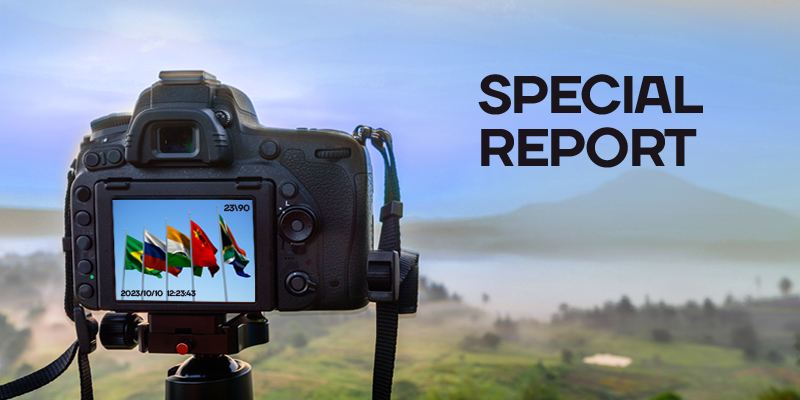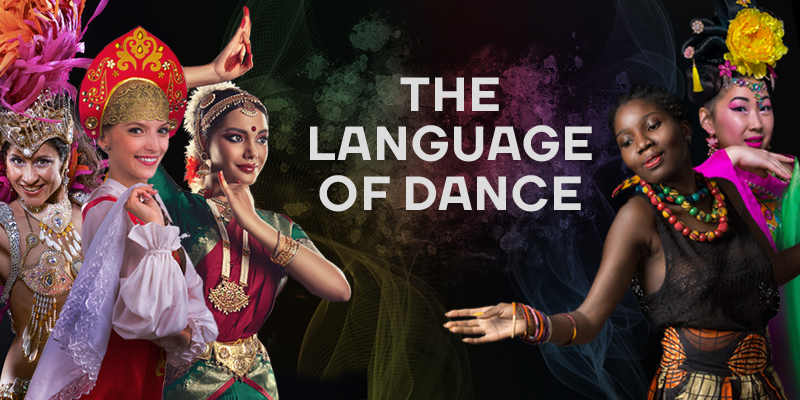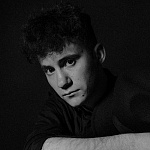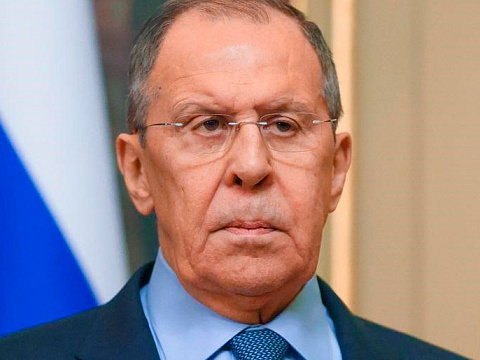INDIAN LEGENDS IN OLYMPICS
Kolkata’s Pritchard won first medal in 1900
Citizens of Tokyo and Japan, including their King are a worried lot. This is very unusual as the City is all set to host the mother of all sports events – the Olympic Games – from July 23. But there is only a sense of déjà vu as the Games are going to be hosted under the ‘New Normal’ of the coronavirus (also known as COVID-19) pandemic.
Foreign fans have been banned from participating in the Olympics that surely shears away the joyous splendour of celebrating the victories or sympathising profusely with the losers. With the count down beginning with a sense of trepidation for an usual Games, Trinity Mirror will take a look back at India’s presence in the mega sporting event in a series of articles.
Despite a population of 135 crore people, India hasn’t been able to make a major mark in the medals tally and has been woefully lagging behind on the leaderboard. India, however, has marked its presence in the Olympics even during the pre-Independence days with athletes participating either under British or Commonwealth banner. In a way, India too can celebrate the fact that the name of the country has been imprinted in the sands of Olympic history 120 years ago with the first ‘Indian representative’ participating in the Paris Olympics. And yes, the honour goes to Anglo-Indian Norman Pritchard who was holidaying in France participated in the track events in the 1900 Paris Games. The Olympic Games had been revived in 1986 by French aristocrat Pierre de Coubertin and the first version was held in Athens, Greece.

Pritchard, who was born in Alipore of Kolkata and spent some time in the jute plantations of Assam, and participated in the 60m, 100m, 200m, 110m and 200m hurdles, and ended up winning silver medals in 200m and 200m hurdles. In fact, he was the first Asian ever to win an Olympic medal. Subsequently in the 1920 Olympic Games, India was represented by a two-member team. Thanks to the efforts of philanthropists like Sir Dorabji Tata, the Indian team at the 1924 Olympics comprised eight athletes. However, India has been officially sending teams under the aegis of the Indian Olympic Association since 1928. In the 1932 Olympics at Los Angeles, Mervyn Sutton reached the semi-finals of the 110 metres hurdles and M.C. Dhawan finished 14th in the triple jump event by clearing a distance of 44 feet 9 3/4 inches.
Henry Rebello, a self-coached ‘triple jump’ ace, was unfortunately denied a gold in the 1948 London Olympic Games. Rebello, who had set a new national mark of 50 feet and two inches and had automatically qualified for the Olympics, had just before the Games proved that he could stretch his jump up to 52 feet. However, in the Olympic Games, after having qualified easily in the preliminaries, Rebello was disturbed as he was about to take his jump in the final and asked to wait till a victory ceremony was completed. Unaccustomed to the cold and windy conditions, he ran into all sorts of problems and when he finally took his turn collapsed on the pit with writhing pain as he had pulled a hamstring muscle and had to be carried away on a stretcher.
Though India’s gold medal haul has been pathetic in individual events, hockey till 1964 had been proving to be a great silver lining in the dark clouds. Led by the indomitable Dhyan Chand, India began their hockey gold quest in the Olympics in right earnest from 1928. In the eight Olympic Games from 1928 to 1964, the Indians won the gold seven times including six consecutive victories from 1928 to 1956. In the 1960 Rome Olympics, India lost the gold to Pakistan, but regained the same in the 1964 Tokyo Olympic Games. India again had to wait till 1980 in win a gold in the Moscow Olympics, which was boycotted by several leading nations of the world led by the US. The changing trends in hockey, especially with the introduction of Astroturf surfaces, India has lost that edge in hockey too. Having won a gold medal in 1964 Olympic Games, will the present squad make it an encore, only time will tell!
WIZARD OF HOCKEY

Major Dhyan Chand (August 29, 1905–December 3, 1979) was an Indian field hockey player widely regarded as the greatest in the history of the sport. He was known for his extraordinary goal-scoring feats, in addition to earning three Olympic gold medals in 1928, 1932 and 1936 during an era where India dominated field hockey. His influence extended beyond these victories, as India won the field hockey event in seven out of eight Olympics from 1928 to 1964.
Known as The Wizard or The Magician of hockey for his superb ball control, Chand played internationally from 1926 to 1949; he scored 570 goals in 185 matches according to his autobiography, Goal. The Government of India awarded Chand India’s third highest civilian honour of Padma Bhushan in 1956.His birthday, August 29, is celebrated as National Sports Day in India every year.
Born in Allahabad in 1905, Dhyan Singh (as he was named) used to practice a lot during the night after his duty hours, he used to wait for the moon to come out so that the visibility on the field (during his era there were no flood lights) improved. He was hence called “Chand” by his fellow players, as his practice sessions at night invariably coincided with the coming out of the moon.
Many statues and a national stadium have been built in his memory. There is also a Dhyan Chand Award named after him, which is India’s highest award for lifetime achievement in sports. The Indian hockey team’s affair with the Olympic gold medal started in Amsterdam, when Dhyan Chand scored a hat-trick against the Netherlands in the final. They became the first team to be listed as Indian Olympic winners.
OPPONENTS ON THE MAT

Khashaba Dadasaheb Jadhav(January 15, 1926–August 14, 1984) hailed from a family of wrestlers. He started as a local wrestler and reached the peak bye winning a bronze medal at the 1952 Summer Olympics in Helsinki.
After Norman Pritchard, who won two silver medals in athletics in 1900 under colonial India, Khashaba was the first individual athlete from independent India to win a medal at the Olympics. He is the only Indian Olympic medallist who never received a Padma Award. Khashaba was extremely nimble on his feet, which made him different from other wrestlers of his time. English coach Rees Gardner saw this trait in him and trained him prior to the 1948 Olympic Games.
Born in a village called Goleshwar in Karad taluka of District Satara in Maharashtra State, Jadhav was the youngest of five sons of a renowned wrestler Dadasaheb Jadhav. He did his schooling in Tilak High School in Karad district between 1940–1947. He participated in the Quit India Movement providing shelter and a hiding place to the revolutionaries, circulating letters against the British were some of his contributions to the movement.
Jadhav’s first feel of the big stage was at the 1948 London Olympics; his journey was funded by the Maharaja of Kolhapur. During his stay in London, he was trained by Rees Gardner, a former lightweight World champion from the United States. It was Gardner’s guidance that saw Jadhav finish sixth in the flyweight section, despite being unfamiliar with wrestling on the mat. He stunned the audience by defeating Australian wrestler Bert Harris in the first few minutes of the bout. He went on to defeat Billy Jernigan of the US, but lost to Mansour Raeisi of Iran, to be eliminated from the Games. He had a tough draw in the 1952 Helisnki and after some valiant wins he lost to Soviet Union’s Rashid Mammadbeyov. As per the rules a rest of at least 30 minutes were required between bouts, but no Indian official was available to press his case and a tired Jadhav failed to inspire against Mammadbeyov.
However, wins against wrestlers from Canada, Mexico and Germany ensured a bronze medal on July 23, 1952 thereby creating history.
INDIA’S OWN FLYING SIKH

Milkha Singh (November 20, 1929-June 18, 2021) was Independent India’s first individual sports star, who dominated Indian track and field for over a decade with his speed and spirit, creating multiple records and winning numerous medals in his career.
Representing India at the 1956 Olympics in Melbourne, the 1960 Olympics in Rome and the 1964 Olympics in Tokyo, Milkha Singh remained the greatest Olympian from India for decades with his phenomenal displays.
Born on 20 November 1929 into a Sikh family in Govindpura, which is now a part of Pakistan, Milkha Singh was introduced to the sport only after he had fled to India post the partition and joined the Indian Army.
It was in the army where he sharpened his running skills. After he finished sixth in a cross-country race that had around 400 more soldiers running, he was handpicked for further training. That laid the foundation for what would be an impressive career.
His first Olympic Games came at Melbourne 1956, where an inexperienced Milkha Singh didn’t progress beyond the heat stages in either the 200m or 400m, but a meeting with champion Charles Jenkins proved to be the source of much inspiration.
A resolute Milkha Singh left Melbourne determined to, in his words, turn himself into “a running machine”.
That desire resulted in Singh becoming the first gold medallist at the Commonwealth Games from independent India in 1958, remaining the only Indian male to have an individual athletics Commonwealth Games gold for 56 years before discus thrower Vikas Gowda in the 2014 edition.
By the time of the Rome 1960 Olympics, Singh was widely known as “the Flying Sikh” and came within a photo finish of reaching the heights of an Olympic podium.
Running in the 400m, Milkha Singh was leading till the 200m mark when he had decided to ease off, a mistake that allowed others to overtake him. The race had seen numerous records being broken and eventually needed a photo finish to adjudge the result.
While United States of America’s Otis Davis had won the race after leading Germany’s Carl Kaufmann by one-hundredth of a second, Milkha Singh had finished fourth with a timing of 45.73s – a national record that stood for 40 years.
Tokyo 1964 was the swansong for Milkha Singh, as he led the Indian team in the 4x400m relay before hanging up his running shoes.
Years later, Singh – with help from his daughter Sonia Sanwalka – would share memories from his incredible career in his autobiography titled “The Race of My Life”, published in July 2013.
The book was later turned into a biopic, namely Bhaag Milkha Bhaag, which was directed by Rakeysh Omprakash Mehra and had actor Farhan Akhtar playing Milkha Singh.
PAYYOLI EXPRESS CHUGS

P.T. Usha (June 27, 1964) – Pilavullakandi Thekkeparambil Usha to use her full name – is one of India’s greatest athletes, often called the country’s “queen of track and field”. A graceful sprinter with long strides, she dominated Asian track-and-field events for most of the 1980s, winning 23 medals in all, 14 of which were gold, a crowd favourite wherever she raced.
Born in the village of Kuttali in Kerala, PT Usha studied in nearby Payyoli – which later gave rise to her nickname ‘The Payyoli Express’ – and her natural talent was discovered when she was nine.
At a school race, the fourth-grade student effortlessly went on to beat the school champion, three years her senior. It astonished the teachers and her abilities over the next few years earned her a place in one of the first batches of sport-oriented schools the Kerala government had set up.
Usha continued to dominate state and national meets and at 16 years old, became the then youngest athlete to represent India at the Olympics, when she was included in the contingent for the 1980 Games in Moscow.
Usha did not qualify for the final then but in the 1982 Asian Games, broke through to the conscience of Indian audiences when she won silver in both 100m and 200m.
She brought home the 200m silver at the 1983 Asian Championships and when she won gold in the 400m, her lifelong coach O.M. Nambiar suggested that she try out the 400m hurdles.
It would bring about one of India’s most memorable Olympic moments on the track.
At Los Angeles 1984, a fitter, better-trained PT Usha was a force to be reckoned with. Having breezed into the 400m hurdles final with impressive performances in qualifying, Usha missed out on the bronze medal by just one hundredth of a second.
After overcoming a false start, the Indian ran the final stretch like a 100m sprint and remembers that though her leg was ahead of eventual bronze winner Cristieana Cojocaru, she had not dipped her chest into the finish line.
It was a moment that brought Usha on the cusp of sporting glory and made her a household name in the country at just 20 years of age. More importantly, the feat ensured that the nation discovered the fascinating world of athletics.
The 1985 Asian Championships at Jakarta saw Usha win five gold medals and a bronze in a span of five days, her last two golds coming within a half-hour of each other.
At Seoul in the 1986 Asian Games, she went on to win four golds, each in Asian record time, and a silver. She would also take back the chants of her name in both the Asian capitals.
However, two years later at the Seoul ’88 Olympics, Usha could not replicate her exploits of four years previous – slipping out early of the reckoning after finishing seventh in her opening heat.
“I am satisfied with what I have achieved. All what I aimed for, except for the Olympic medal, I achieved. I now want to ensure that one of my students wins one!” The legendary athlete had stated in an interview referring to the ‘Usha School of Athletics’. Her academy in Kozhikode, Kerala today guides young athletics hopefuls and hones their skills. It’s an endeavour aimed at ensuring India’s future athletic stars can reach the same heights that she did.
BLAZING THE COURTS

Leander Peas (June 17, 1973) is another well-known and popular name! He is one of the best doubles and mixed doubles player in Tennis. He was the sole athlete who won in 1996, when he grabbed bronze medal. He also won French open and Wimbledon in doubles with his tennis partner Mahesh Bhupathi.
When it comes to Indian tennis, few names come close to touching the legend of Leander Paes, who is widely regarded as one of the most accomplished doubles players in the world.
Leander Paes’ achievements on the global stage, headlined by the bronze medal-effort at the 1996 Olympic Games, spurred on future Indian doubles stars like Divij Sharan, Rohan Bopanna and Purav Raja to take up the sport and try to emulate the ‘Indian Express’.
Leander Paes was born in Kolkata to parents who were both accomplished athletes in their own right. His father Vece Paes was part of the men’s hockey team who won the bronze medal at the Munich 1972 Olympics, while mother Jennifer Paes led India’s 1980 Asian Basketball Championship team. Sport and the Olympics were in his blood.
He had his first rendezvous with the Games at Barcelona 1992 at the age of 18. He crashed out in the first round of the singles event but strung together some impressive displays alongside partner Ramesh Krishnan, to reach the quarter-finals in the men’s doubles.
Building on the experience of his debut Olympics, Leander Paes drew up a plan for Atlanta 1996 and worked diligently for success. With the tennis events scheduled at the Stone Mountain Tennis Centre, a hard-court venue some 500m above sea level, Leander Paes took time off from the pro tour to play in specific tournaments played at similar altitudes to condition himself for Atlanta.
A wild card entry to the 1996 Olympics, the initial draw pitted Leander Paes against the then ATP world no. 1, Pete Sampras, in the first round. However, Sampras was forced to withdraw due to injury, leaving the Indian to face another USA player in Richey Reneberg. After losing the first set, he bounced back to take the second before Reneberg was forced to withdraw due to an injury in the third, thus handing Leander Paes his first win at the Olympic stage.
He then beat Nicolas Pereira, Thomas Enqvist and Renzo Furlan, each in straight sets, in the following rounds setting up a semi-final clash against another American tennis legend and the eventual gold medallist in Atlanta – Andre Agassi.
In a gruelling contest, Leander Paes lost 6-7, 3-6 but the then 22-year-old inexperienced Indian’s gritty stand made a lasting impression.
Unfortunately, the hard-fought contest left its mark on Leander Paes as well, as he ruptured a few tendons in his wrist heading into the bronze medal match-up against Brazil’s Fernando Meligeni.
He lost the first set 3-6, but powered through the pain to take the next two sets 6-2, 6-4 to bring home the historic bronze.
Long after the match, Paes would admit that he recalled little of the encounter, so focused was he in the moment. “I got into what we athletes call ‘the zone’ where you don’t really remember what happened for a 45-minute period” Paes said.
In those lost minutes, he had etched himself in Indian tennis history. Paes had become India’s first individual medal-winner since K.D. Jadhav clinched bronze in wrestling at the Helsinki Olympics in 1952.
His Olympic moment was the springboard to further success, alongside his illustrious long-time doubles partner Mahesh Bhupathi.
Paes also participated in the men’s doubles competition at Rio 2016, a Games that would be his seventh consecutive appearance at an Olympics – a feat unmatched by any other Indian or indeed any fellow tennis player. Before the postponement of Tokyo 2020 due to the coronavirus outbreak, Paes had expressed his intention to try and qualify for an eighth Olympics before retiring.
TV BRICS reports with reference to
Trinity Mirror.
Photo: trinitymirror.net
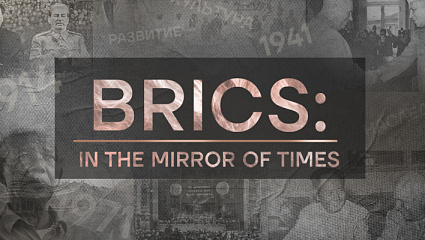
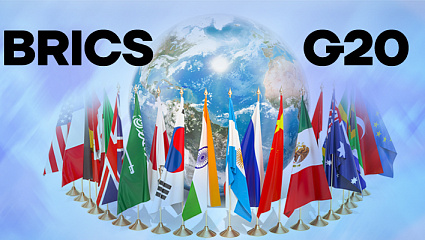


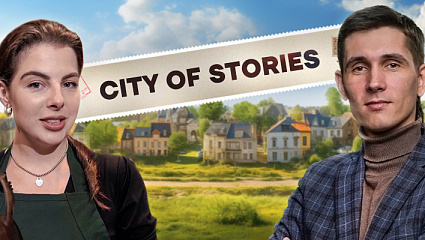
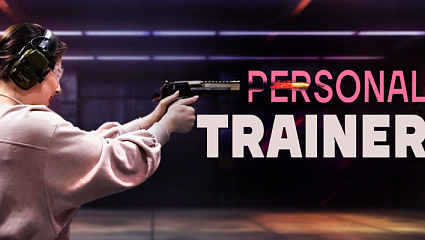

 DIGITAL WORLD
DIGITAL WORLD









